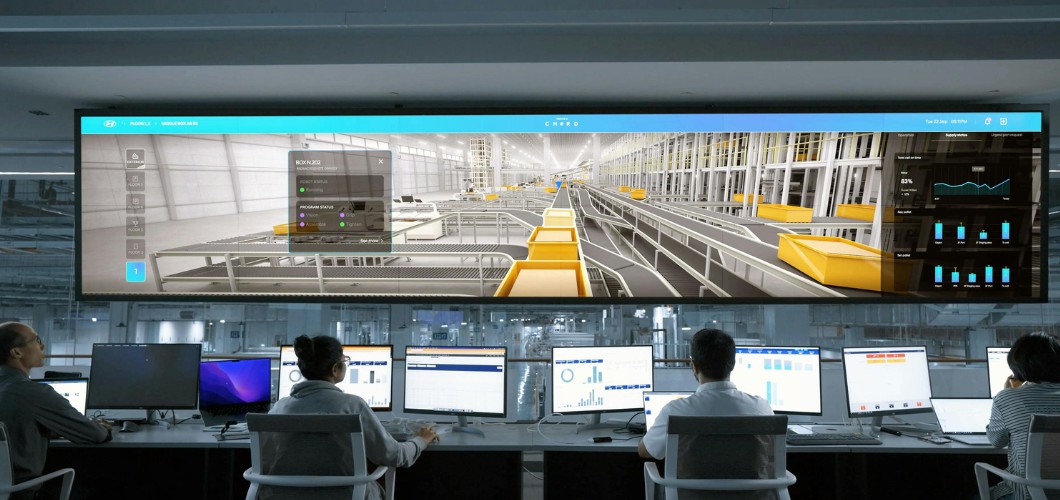Creativity is rarely a straight line. Writers, designers, and filmmakers get stuck on the same page, stare at blank canvases, and wrestle with how to visualise a story. That’s where AI-powered automation is quietly changing the game, not replacing the human spark but amplifying it, helping creators explore new directions and turning moments of block into fertile ground for imagination.
1. Writers: Co-writing with AI
For writers, whether novelists or screenwriters, AI has become a kind of brainstorming partner. Tools like ChatGPT are now used to generate opening lines, suggest plot twists, or even simulate dialogue. These models don’t write the final draft, but they help shake loose creative ideas when you feel blocked.
Take, for example, screenwriters, writers, designers, and filmmakers who use AI to build character arcs or structure narratives. According to Trainrobber, tools like Causality help visualise multiple plot lines, and AI chatbots can simulate real conversations between characters to test how dialogue would flow.
At the same time, research shows this collaboration works. One recent study found AI prompts boost writers’ creativity (especially those who feel stuck), though there’s a caveat: the stories can start to feel a little predictable because AI draws from patterns. So, the best use happens when writers filter, reshape, and refine.
And for an even deeper dive, Script2Screen is a cutting-edge tool that bridges text and visual ideas: it lets writers generate not only dialogue, but entire scenes, with character gestures, camera angles, and emotions, all powered by AI. This kind of tool turns abstract writing into a visceral, visual possibility.
2. Designers: Ideation, Reimagined
If you’re a designer, especially in concept design or UX, AI is becoming a creative partner that boosts your divergent thinking, messy part of creativity where the wild ideas live.
Researchers behind a system called Ideation observed how concept designers used AI to explore entirely new visual worlds. Designers could feed in rough ideas or reference images, and the AI would recombine them into fresh, unexpected concepts. This speeds up the ideation phase, taking you from a scribbled napkin sketch to multiple visual scenarios in no time.
In UI/UX, too, AI is stepping in. A recent study found that writers, designers, and filmmakers lean on AI for tasks like preliminary research, generating alternative layouts, and rapid prototyping. Rather than substitute human creativity, AI tools free designers from repetitive brainstorming, giving them more space to refine and iterate on ideas that matter.
3. Filmmakers: From Script to Screen (Faster than Ever)
The filmmaking process is famously complex: writing, storyboarding, pre-visualisation, editing, and more. Generative AI is stepping into nearly every stage, helping filmmakers dream bigger and work faster.
a) Scriptwriting & Pre-Production
Tools like Filmustage use AI to break down scripts into actionable elements: scene structure, characters, props, and even camera angles. This kind of automation saves hours, giving writers and directors more capacity to think conceptually.
For visual ideation, Midjourney, a text-to-image generator, is being widely used in storyboarding and concept art. As one filmmaker put it, you can describe a scene (“a neon-lit alleyway in rain”) and quickly see variations.
b) Pre-visualisation & Collaboration
Emerging tools like CineVision are changing how directors and cinematographers communicate. With AI, they can turn script text into rough visual storyboards, experiment with lighting styles, camera angles, and even mimic the aesthetics of famous filmmakers, all before the cameras roll. It’s like sketching with light and motion, powered by machine learning.
c) Production & Post
Post-production is labour-intensive. AI is helping editors by automating routine tasks: scene transitions, noise reduction, and even colour correction. According to several filmmaker tool roundups, Runway ML is a standout here, providing powerful video editing and VFX capabilities.
Also, Adobe Firefly, part of Adobe’s Creative Cloud, now integrates generative AI to reimagine visuals, fill in missing parts, or suggest new compositions.
On a broader level, startups are building full-fledged platforms. For instance, Lowerated offers an ecosystem where filmmakers can go from idea to script to production, with AI helping at each step (ideation, character profiles, structure).
4. Why This Matters: The Human + Machine Synergy
You might wonder: Is this automation making creativity more efficient, or is it diluting the human spark? The answer lies somewhere in between.
AI doesn’t replace us. It doesn’t yet feel, to many creatives, like a real substitute for human experience, emotion, or intuition. But, for many, it sparks creativity by offering new angles. As one filmmaker put it (via a report on Hollywood adoption), AI can be a “creative collaborator for brainstorming and visualisation,” even if humans still lead the story emotionally.
Plus, using AI can lower the barrier to entry. Independent creators with modest budgets can now experiment with high-concept ideas without bringing on large teams.
That said, there are warnings. Over-reliance can lead to sameness, ideas that feel generic or derivative because AI is trained on existing data. Some creators also worry about losing their unique voice if they lean too heavily into machine suggestions.
5. Tips for Creatives Who Want to Use AI Thoughtfully
If you’re a writer, designer, or filmmaker curious about using AI, here are some practical tips:
Use AI early, not late: Use AI in the ideation phase: as a brainstorming partner, not as a one-size-fits-all solution.
Prompt well: The quality of ideas depends heavily on how you prompt AI. Be specific, experiment with tone and style, and don’t be afraid to iterate.
Filter and refine: Treat AI output as raw material. Pick, refine, or discard what doesn’t resonate. Your human judgment always matters.
Mix tools: Use different AI tools for different stages: writing (ChatGPT), concept art (Midjourney), pre-vis (CineVision), video editing (Runway ML). Each complements the other.
Stay true to your voice: Use AI to enhance, not erase, your individuality. Your perspective, what makes your work yours, should be the driving force.
Looking Ahead: What’s Next?
AI for creatives is still evolving. Research projects like the AIdeation project show real promise, but also highlight limitations: designers want more control, and collaboration models need to feel natural.
In screenwriting, tools like Script2Screen are bringing together text and visual ideation in new ways.
On the filmmaking front, platforms like Lowerated are building end-to-end ecosystems, making AI-assisted creativity a reality for production-wide use.
At the heart of all this: AI is not a substitute for the human creative spark. It’s a companion, a smart, sometimes surprising collaborator that helps you think differently, explore more, and spend less time on tedious stuff so you can focus on the truly human part of creation.



